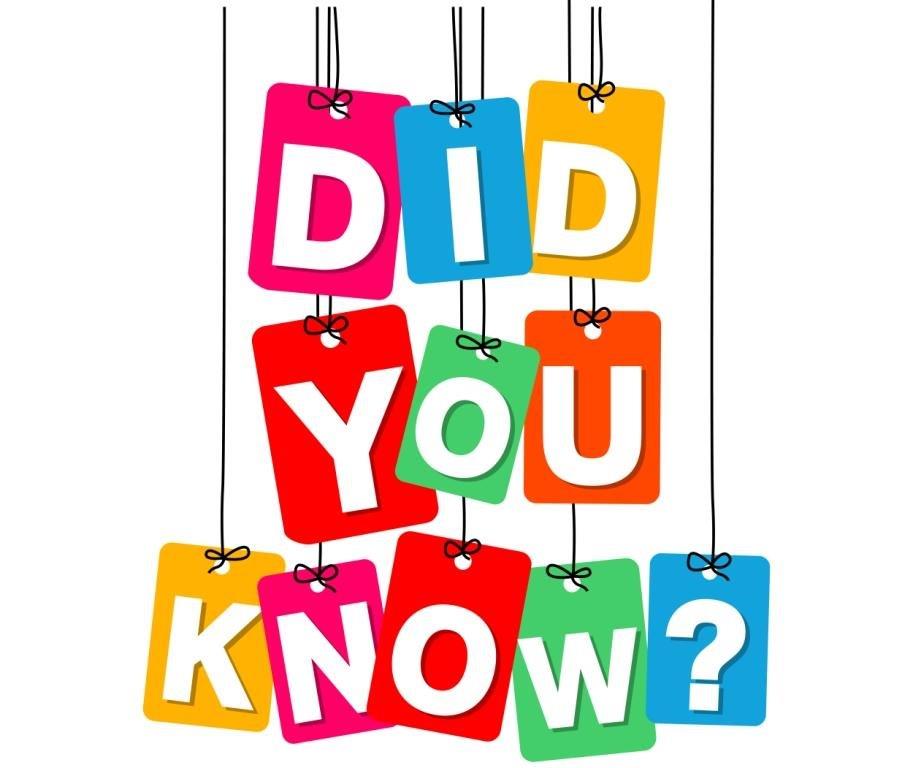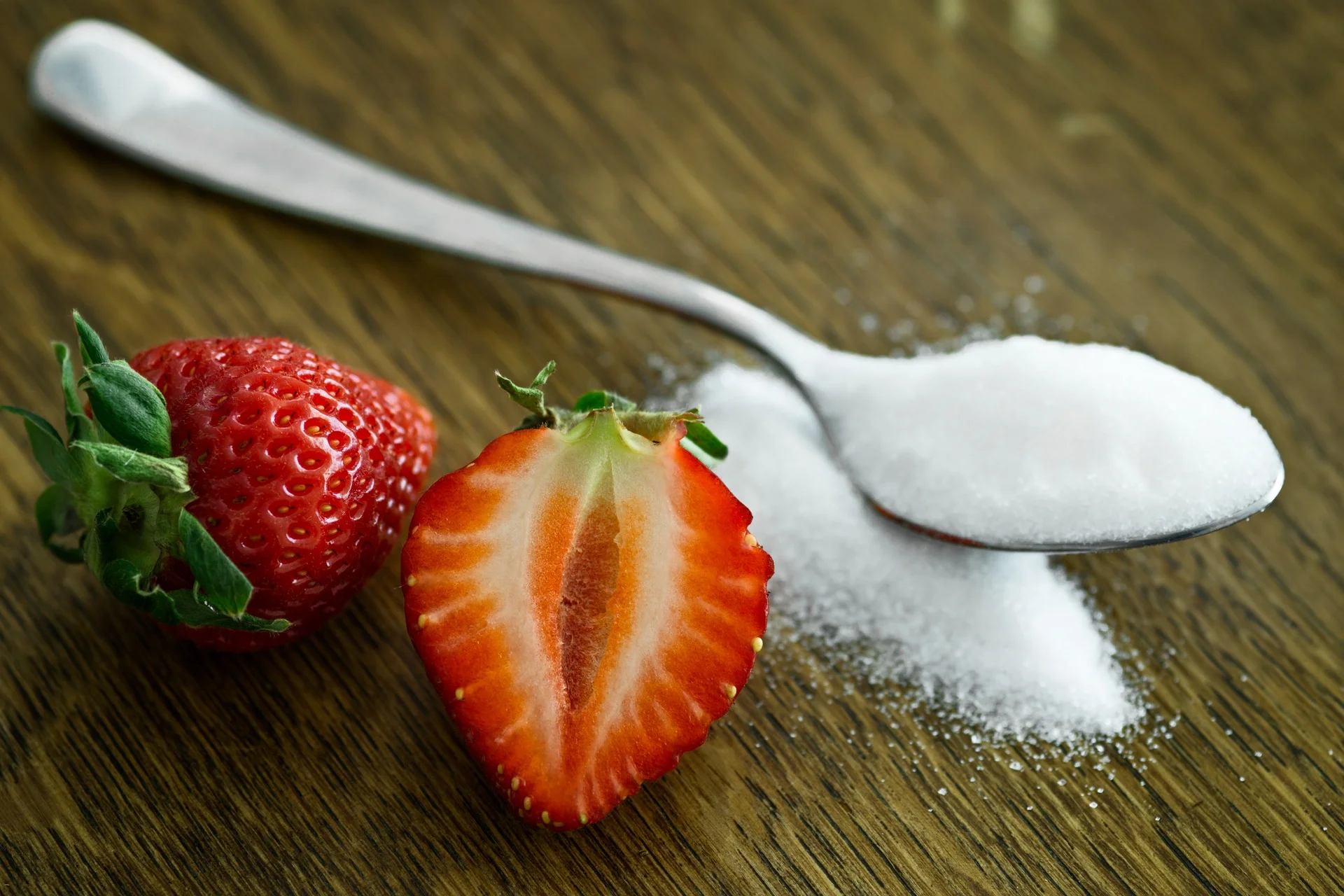Things You Didn’t Know a Physiotherapist Could Do for Your Kids
/Marie is my physiotherapist and I've learned so much from her about what doesn't need to be painful and what I need to pay attention to, both for myself and for my kids. I asked her to share some advice to parents when it comes to some of the things that we don't think of physio for when it comes to our kids, but that can be SO helpful. Both my twins have REALLY benefitted from physio for their growing pains. Read on! ~Lara
I have been a physiotherapist for too many years than I care to mention. I have worked with everyone from premature newborns who fit in the palm of your hand to the elderly facing end of life issues. I must admit though, school aged children hold a very special place in my heart. Don’t they just say the darndest things sometimes? I love their absolute candor and their ability to call you on your you-know-what. When you are working with them you had better be prepared to answer questions honestly or you will pay.
When people find out I am a physiotherapist they often ask me questions about things like their kids’ sports injuries or maybe their own back pain. However, there are some things people never ask me that I wish they would. There are a number of things a physiotherapist can help your kids with that no one knows about, so I would like to share a couple of them with you.
Growing Pains
Let me tell you about a stellar parenting moment of my own. When my daughter was about four years old she started complaining about pain in her legs. She would be walking just fine and then suddenly stop and say she couldn’t go any further, or she would complain at bedtime. I just wrote it off as drama queen behaviour and ignored it. Then one night she was really crying so I gave in and checked out her legs. The moment I got hold of her muscles I felt horrible. They were incredibly tight through the entire length of both legs. My heart sank because I knew that all this time she was having growing pains and I could have stopped them.
What? You can treat growing pains you say? Despite everything you will read on the internet that says no one knows what causes growing pains and the only thing you can do for them is give pain medication like Tylenol, yes growing pains can be treated and here’s why.
I believe growing pains are caused when the long bones like the ones in the legs, which is primarily where growing pains occur, grow rapidly. The problem is the muscles lag behind and this is what causes the pain. These growth spurts are not just your imagination. They are indeed very real. Studies in which kids were measured daily have shown that kids don’t grow about 90 – 95% of the time, so all of their growth occurs within a very small timeframe.
The bones have specialized areas from which growth occurs. These are called growth plates and they are found at each end of a long bone. When growth occurs the bones sprout new cells to either side of each growth plate so lengthening can occur rapidly. Muscles do not have these specific growth areas so they take longer to lengthen.
The obvious result when a growth spurt occurs then, is the muscles get tight since they can’t keep pace with the lengthening of the bones. It is the tightness in the muscles that causes the pain, particularly when kids are active. They are running around trying to use their muscles but the muscles aren’t happy because they are too short.
This begs the question, well why can’t we just have them do stretches to make these pains go away? The problem with stretching is that it indiscriminately pulls the ends of the muscle in opposite directions. This applies a stretch along the entire length of the muscle. That’s good right?
The reason this isn’t terribly effective is that tightness in a muscle never occurs evenly throughout the entire length. It is localized in small bunches of tight fibres, so you have very tight parts interspersed with loose parts. When we stretch the entire muscle the loose parts happily give while the tight parts huddle together giggling and saying “why should I lengthen when my neighbour is willing?”
To release the tight parts and relieve the growing pains you have to get your hands in there, find the tight bits of muscle, and manually release them. This stops the growing pains every time, usually with one or two treatments. I knew this and I still let it happen for a while before I did something about it, so don’t feel bad if you didn’t know.
Preventing Knee Injuries in Girls in Early Puberty
Did you know that girls who play sports requiring quick changes in direction such as soccer or rugby are far more likely to sustain knee injuries when they hit puberty than boys? In fact, girls who play sports are four to six times more likely to injure the anterior cruciate ligament (one of the main ligaments of the knee) than boys.
Dr. Google will tell you that this is due to things like lack of strength in the hamstrings and gluteals (buttock muscles). But why would muscles that have been working perfectly fine suddenly quit in puberty? And why just in girls and not boys? The reason is alignment.
When girls hit puberty one of the biggest changes in the skeletal structure that occurs is a change in the shape of the pelvis. They go from stick figures to curvy figures. The pelvis widens and they suddenly have hips. This changes the angle of the long bone in the upper leg called the femur. As the pelvis widens it pushes out the top end of the femur farther to the outside. This then changes the angle at the other end of the bone where it forms the upper part of the knee joint.
When this significant change in alignment occurs the muscles get discombobulated. The angle at which they are used to pulling is all wrong suddenly and they don’t quite know what to do with themselves so they just up and quit. This leaves your daughter with instability through the hips, pelvis, and down into the knees and ankles, which sets the stage for a catastrophic knee injury. This is so prevalent now that physiotherapists are seeing girls as young as 20 who have had two or three knee surgeries and are having to quit their sport of choice.
These injuries are preventable. All that is needed is to manually realign the muscles in their new slightly different-angled environment. They need a little guidance to settle into their new angle of pull. Once this is accomplished stability is restored and the risk of injury is greatly reduced.
While many people seek physiotherapy treatment when they are injured, no one ever thinks to seek help to avoid injury. I would love to see this change. We tune up our cars to avoid a breakdown, why don’t we do the same for our bodies?
If you are wondering if your daughter is having issues with stability, here are a couple of simple things you can check out. Have her try a single leg squat making sure that she stays aligned square to the front. If she can’t do this with solid balance then there is likely a problem of stability.
Hopping on one foot with both arms in the air is another good test. By raising the arms we take away one major balance cheating strategy and we can better evaluate the stability in the core. If she can hop several times in one spot without travelling all over the place, losing her balance, and remaining square to the front then things are good. If not, she may need some help to restore balance and alignment.
Physiotherapy Can Help
Sometimes when kids fall or have an accident we make the assumption that they are fine. After all kids, seem to bounce like rubber and carry on. While they may do so, they often need treatment after an incident just like we do. If your child is complaining of pain don’t ignore it. Even if it does go away, their movement patterns are likely off as they compensate around the affected area and this will have consequences down the road.
Get your kids treated when something happens to them and don’t forget to consider physiotherapy for injury prevention. Let’s keep them all active and healthy!
Marie has been practicing physiotherapy for almost 30 years. She has extensive paediatric experience having worked the first decade of her career at CHEO. She has two kids who suffer growing pains periodically and is the owner of M.A.P. Physiotherapy, a physiotherapy clinic in Orleans.















